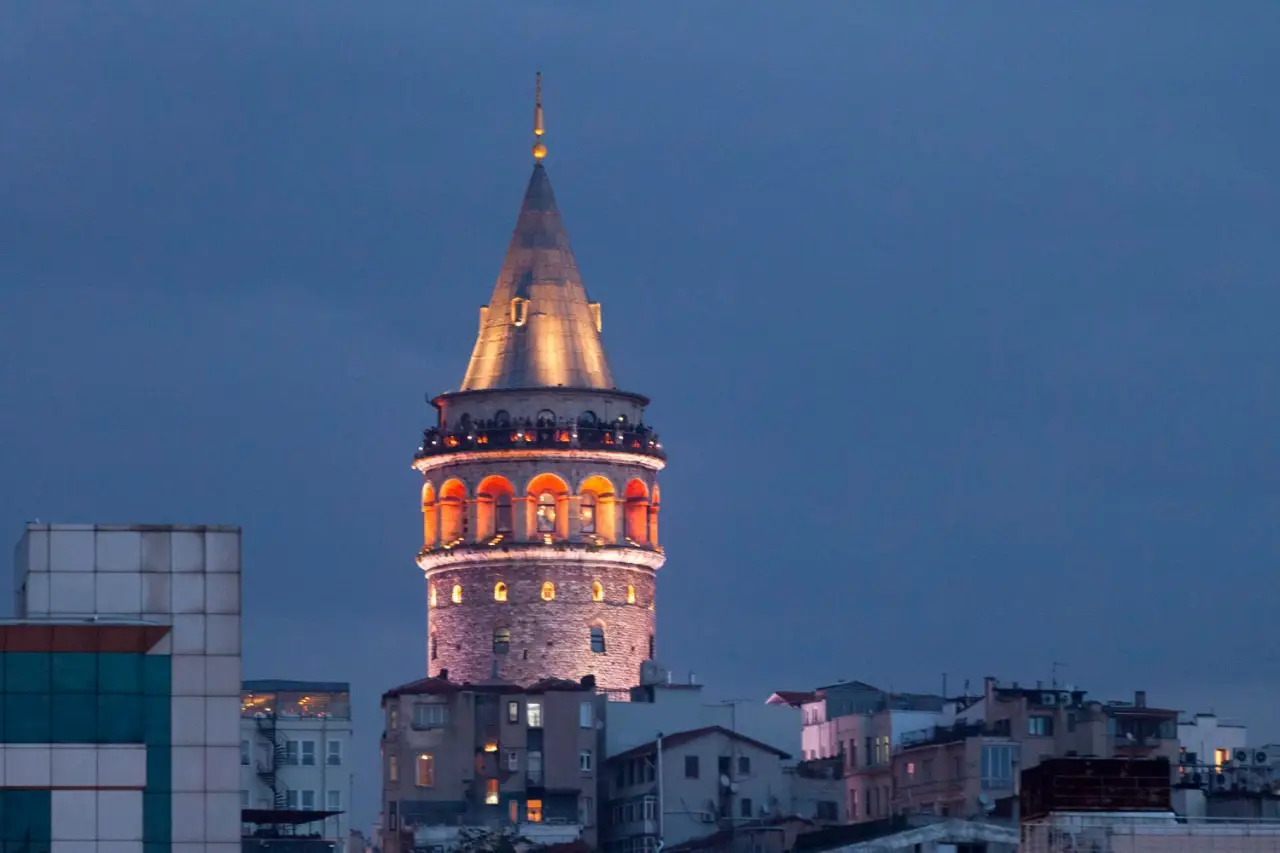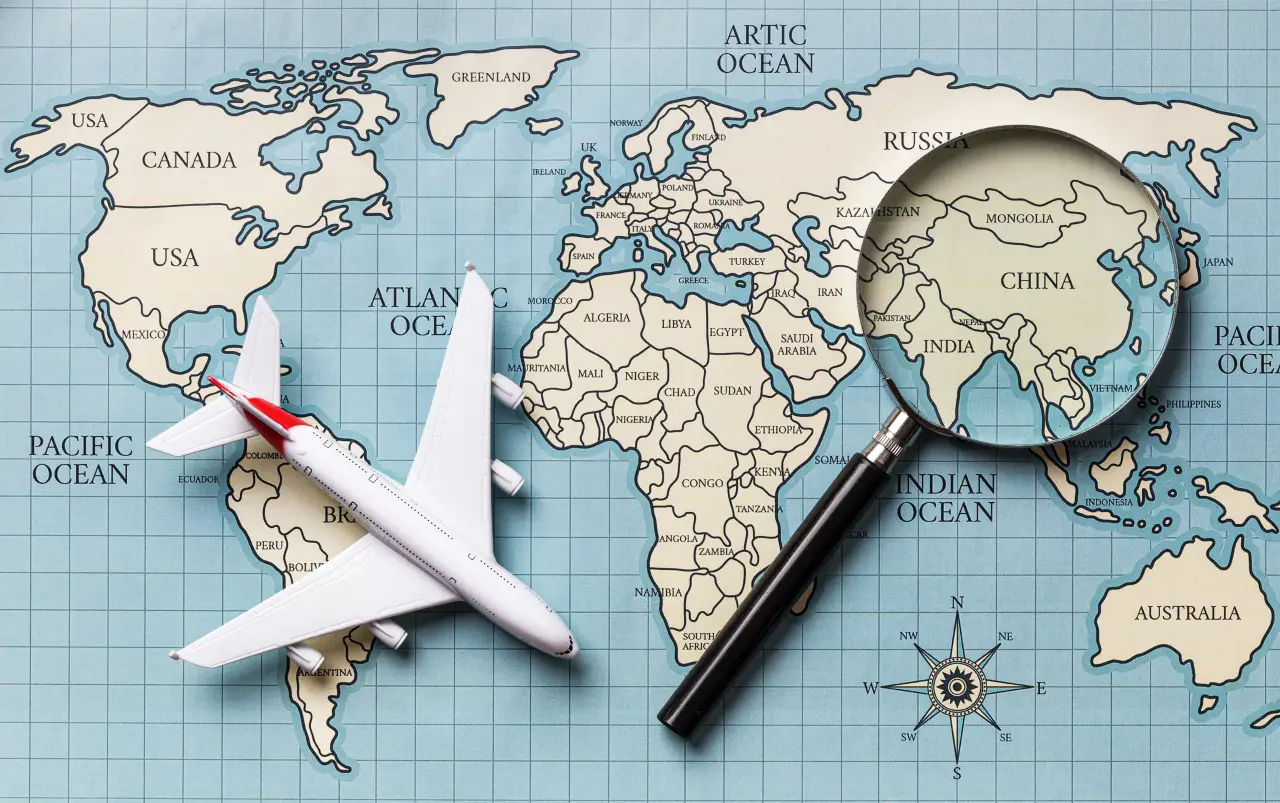In 2024, the number of trips from Russia to Europe saw a significant decline, with only 600,000 flights from Russia to European countries recorded through third-country transit.
This marks a staggering 16.4-fold decrease compared to pre-pandemic levels in 2019. The data, published by the Analytical Service of ATOR based on figures from Russia’s Federal Security Service Border Service and international tourism statistics, provides a detailed look at how Russian travelers reached Europe amid ongoing travel restrictions.
The Role of Transit Hubs in Russian Travel to Europe
Since 2022, Russians have relied heavily on indirect routes to reach European destinations, often traveling via third countries. Turkey has emerged as the primary hub for Russian transit to Europe, with many travelers using Istanbul as a connection point. Additional transit routes include the United Arab Emirates, China, Qatar, Serbia, Ethiopia, Morocco, and Bahrain.
Beyond travel restrictions, Russian tourists also face challenges when it comes to payment methods abroad. With Visa and Mastercard no longer available, many rely on alternative payment methods.
Overall, 1.8 million Russian trips in 2024 were classified as “transit travel”, meaning travelers passed through at least two foreign countries before reaching their final destination. A large portion of these trips were not leisure-related, as Russians visited Europe for reasons such as business, medical treatment, education, and family reunions.
Aviation vs. Land Routes: How Russians Entered Europe
While air travel accounted for 600,000 Russian trips to Europe, another 800,000 trips were made by land through border crossings with Estonia, Latvia, Lithuania, Poland, and Norway. However, these overland entries were largely limited to Russian citizens with European residency permits or EU passports, as tourist entry remains restricted.
Border statistics reveal a 6% decline in land travel compared to 2023. The most significant drop was recorded at Estonian and Latvian border crossings, while Poland saw a slight increase in Russian arrivals, primarily through automobile travel.
How Many Russians Traveled to Europe by Land?
In 2024, Russians entered the European Union through land border crossings with Estonia, Latvia, Lithuania, Poland, and Norway. Excluding transit to the Kaliningrad region and transport personnel (such as commercial drivers and train crews), the estimated number of Russian land travelers in 2024 was:
Estonia – 510,000 (70,000 by car, 440,000 on foot). In 2023, the number was 561,000 (189,500 by car, 371,500 on foot).
•Poland – 209,000 (205,000 by car, 4,000 on foot). In 2023, there were 158,500 land crossings, all by car.
•Lithuania (excluding rail transit) – 54,000 (20,000 by car, 34,000 on foot). In 2023, there were 61,800 (30,300 by car, 31,500 on foot).
•Latvia – 32,000 (22,000 by car, 10,000 on foot). In 2023, the number was 45,200 (36,300 by car, 8,900 on foot).
•Norway – 16,000 (all by car). In 2023, the number was 24,000, also entirely by car.
Land travel from Russia to Europe declined by 6% compared to 2023, with the only increase seen at the Polish border (+32%). However, entry into these countries for tourism remains restricted. Most travelers were Russian citizens with EU residence permits or dual citizenship who visited family or handled personal affairs.
Total Russian Travel to Europe in 2024: Air & Land Combined
In total, Russians made 1.4 million trips to Europe in 2024, including:
•800,000 land trips through border crossings.
•600,000 air trips via third-country transit hubs.
This represents a 90% drop compared to 14.37 million Russian trips to Europe in 2019.
Turkey’s Role as a Key Transit Hub
One of the clearest indicators of Europe-bound Russian travel comes from Turkey’s border statistics. In 2024, Turkey recorded 6.71 million Russian entries, while 6.31 million flights departed from Russia to Turkey. The 400,000-trip discrepancy is largely attributed to Russians returning from Europe via Turkey, confirming its role as the primary transit hub for these journeys.
For those who did not travel through Turkey, smaller hubs such as the UAE, Serbia, and Morocco provided alternative routes into Europe.
The Future of Russian Travel to Europe
With Russia-to-Europe travel numbers stagnating at historically low levels, the long-term outlook remains uncertain. While the total volume of Russian outbound trips to top global destinations grew by 15.4% in 2024, Europe remains an exception, with little sign of recovery in direct travel.
As restrictions remain in place, Russian travelers continue to adapt by using third-country connections or shifting their focus to alternative destinations in Asia, Africa, and the Middle East.













